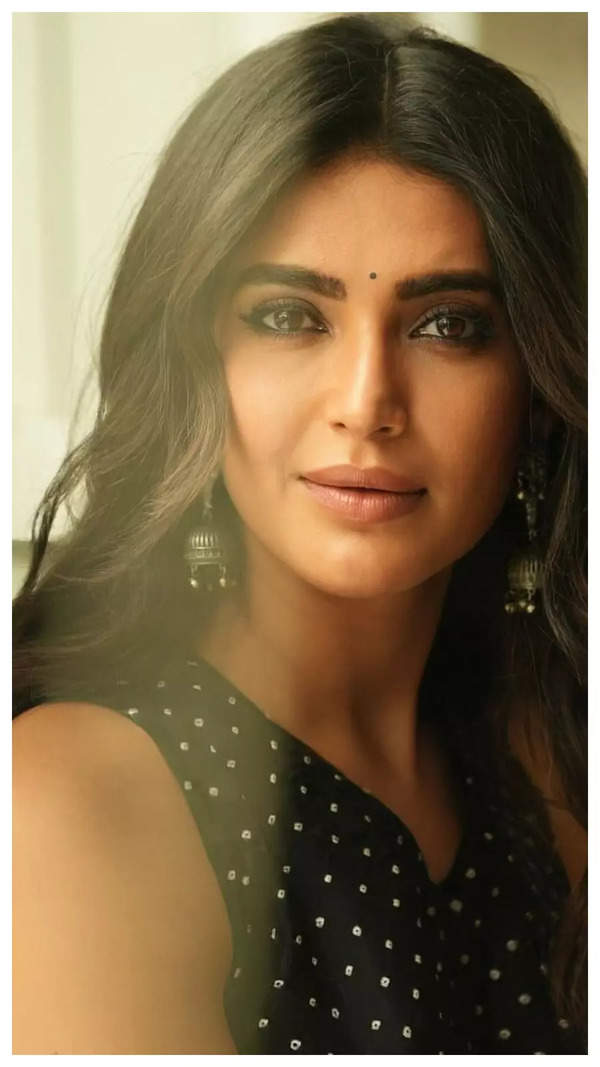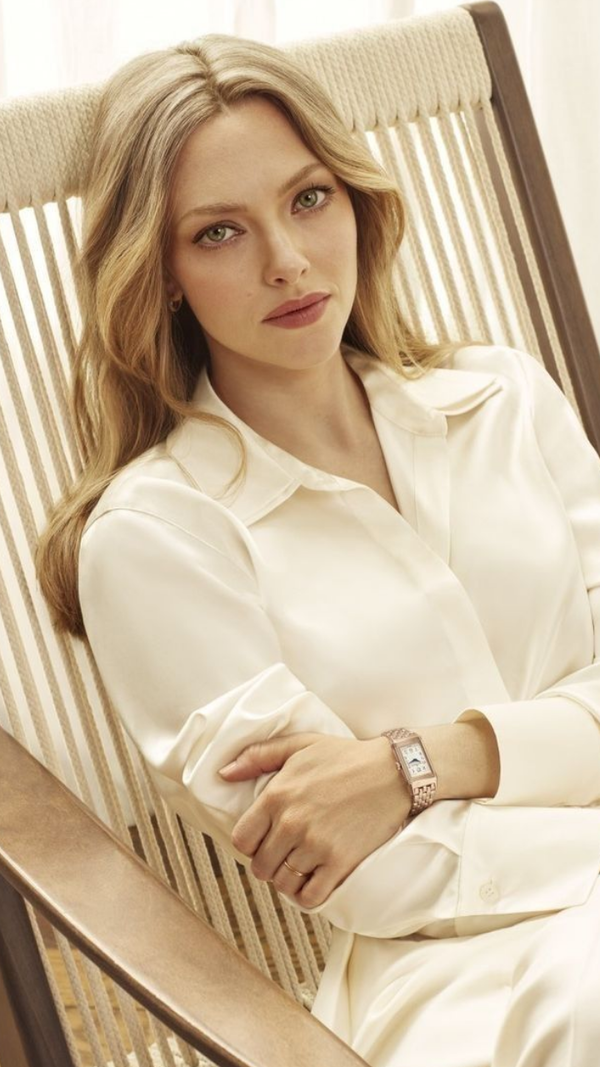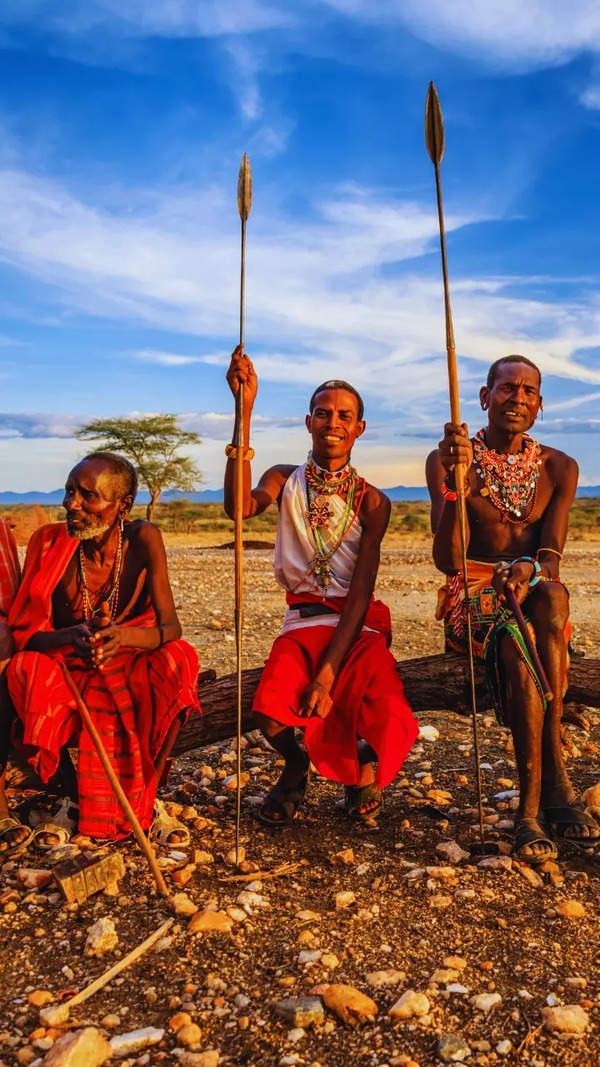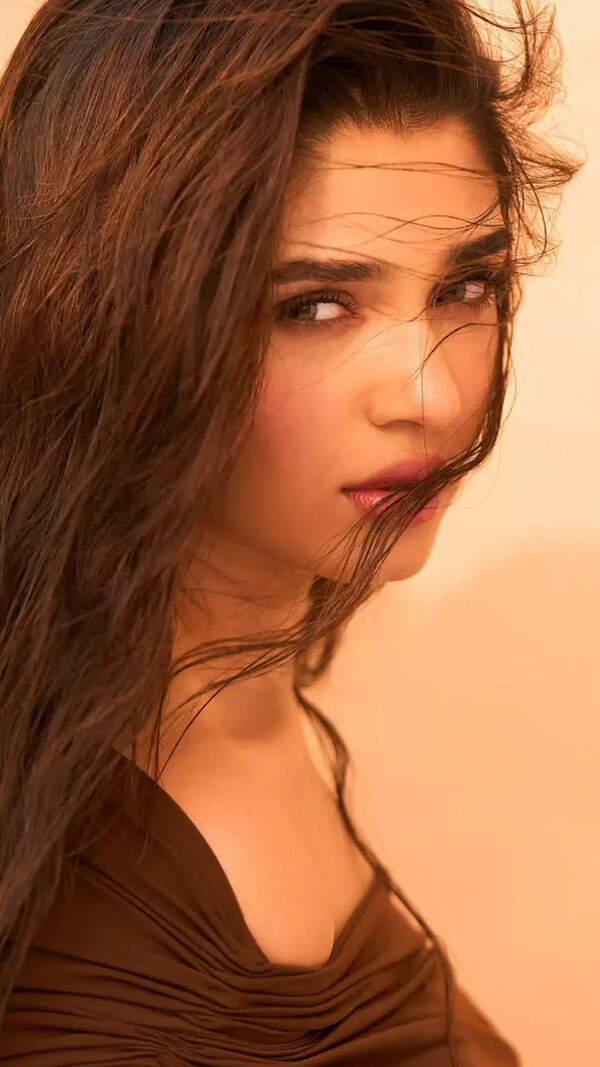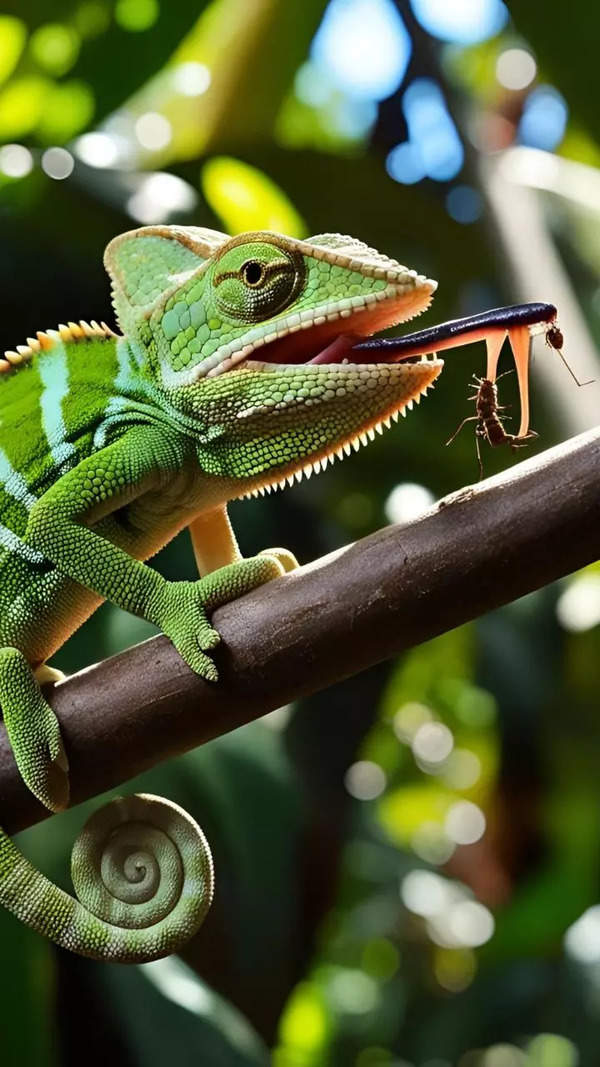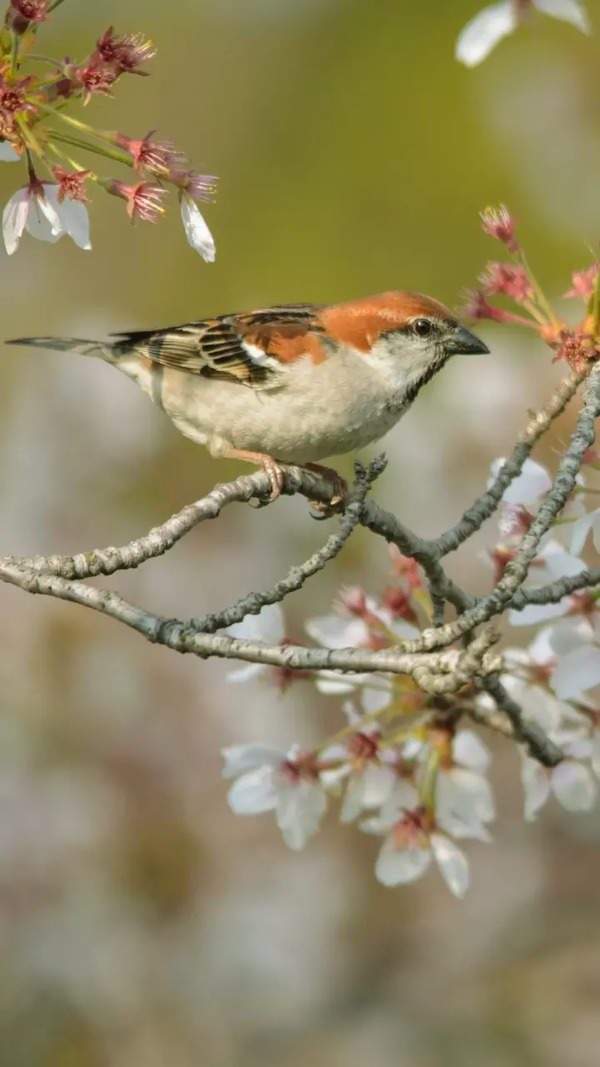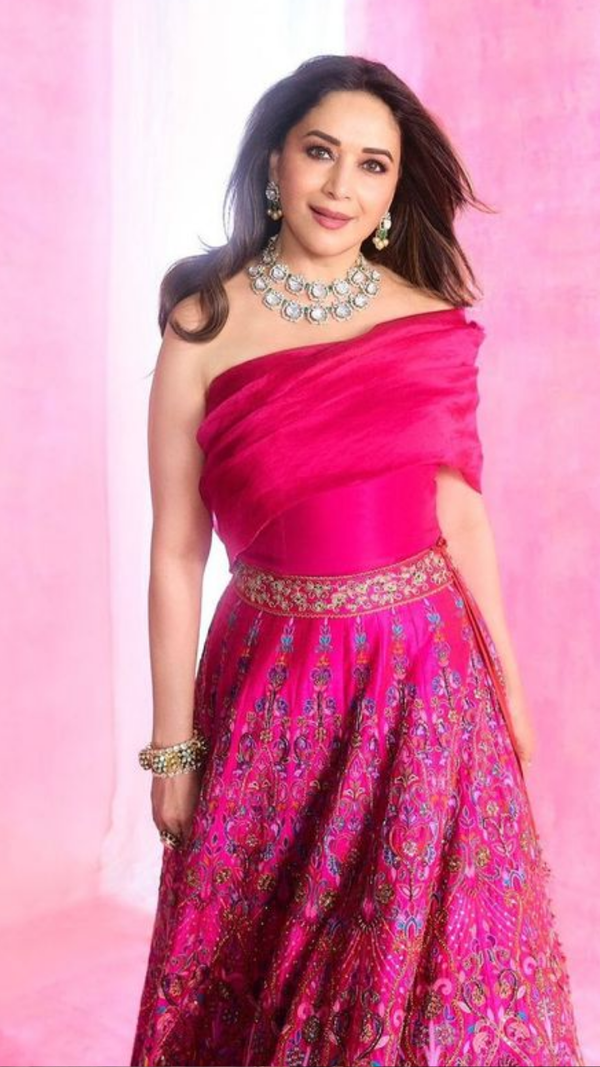Ghibli V/S Anime: Are they the same or different?
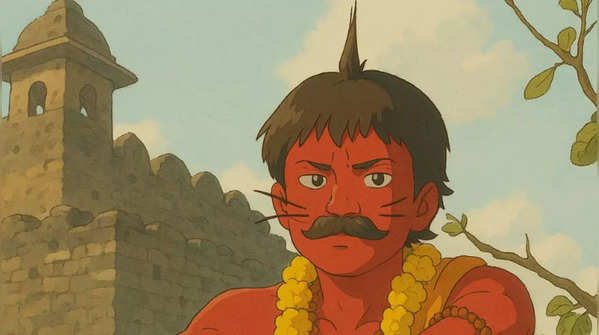
Ghibli V/S Anime: Confused between what's what? Find out the differences that set them apart
The Studio Ghibli art style has gained a lot of attention lately, making the fans go wild with the craze of this trend on social media. The ghibi images have come to be known for its detailed, and naturally drawn illustrations that have soft, warm hues inspired from Hayao Miyazaki artistic style.
Ghibli’s style creates a sense of nostalgia and emotional depth. Whether it's lush landscapes, magical creatures, or complex characters, Ghibli’s approach always feels alive, where every image tells a story.
Recently, AI tools have made it possible for anyone to create images in this iconic Ghibli style by simply giving a detailed prompt. These tools let users change their photos or create new scenes in the Ghibli magic.
While Ghibli comes from traditional hand-drawn animation, its magical, earthy style contrasts with the more modern, sleek look of many contemporary anime that often involve the usage of CGI for added impression. Both styles come from the same Japanese animation heritage, but the differences in how they tell stories and approach visuals give each a distinct feel. Let us find out more about how these styles are different from each other.

These styles are different in aesthetics and colour palettes
Ghibli films are more inclined towards pastel, soft, and muted color palettes. These tones create a warm, and comfortable atmosphere that is emotionally driven. The colours don’t just make it visually attractive, but they help tell the story, talking keenly about the beauty of nature, fantasy, and human emotion. Backgrounds are detailed, giving the scenes a hand-crafted feel that enhances the natural, magical aura of Ghibli’s world.
In contrast, anime often uses vibrant, bold colors, which are used to intensify the action or mood of a scene. While there are many styles within anime, the use of high-contrast and sometimes exaggerated colours is common. Modern anime also uses CGI techniques to create sleek, polished visuals, which sometimes also sways away from hand-drawn aesthetics in favour of more high-tech, dynamic effects.

Ghibli is inspired by various artists
Ghibli’s art is a fusion of Japanese and Western influences, which includes inspirations from French comics, European art movements like Pre-Raphaelite art, and the natural world. The studio's signature style is often attributed to Hayao Miyazaki, largely having an emphasis on hand-drawn animation. Their work is based around detailed, organic designs, especially when depicting the beauty of nature, from forests to oceans.
While anime is influenced by a variety of sources, including manga, Western animation, and traditional Japanese art, it uses more stylized visual techniques. The basic features include exaggerated facial expressions and character designs with large eyes, anime can vary greatly depending on the genre. Some anime, especially older works, also rely heavily on CGI to create more dynamic scenes, which often contrasts with Ghibli’s more hand-drawn approach.

Design of characters
Ghibli characters are known for their expressive faces and soft, grounded personalities. The designs tend to be softer and more natural, capturing the human essence in a cute but realistically drawn manner. Their hand-drawn traits often convey depth, allowing the audience to connect emotionally with the characters. Even fantasy creatures are designed with careful detail, maintaining a balance between realism and imagination.
Anime character design varies dramatically depending on the genre. While some characters may have exaggerated features like large eyes or spiky hair, others are more realistic or stylized. In some anime, characters are designed to show particular emotional states, such as wide, expressive eyes for innocence or strong, sharp features for action heroes. Anime characters tend to be more overtly expressive in terms of proportions and emotions compared to Ghibli’s more grounded and subtle designs.

Representation of female characters
One of Ghibli’s defining characteristics is its detailed portrayal of strong female characters. Whether it's Chihiro in ‘Spirited Away’ or Nausicaä in ‘Nausicaä of the Valley of the Wind’, Ghibli’s women are independent, complex, and deeply emotional. They are portrayed not as stereotypes, but as fully developed characters who face real challenges and evolve throughout the story.
While anime includes a variety of female characters, the representation is often more stereotypical, where some roles fall into common tropes like the damsel in distress or the overly sexualized character. However, there is a growing shift toward more empowered and well-rounded female protagonists in modern anime. Still, Ghibli’s portrayal of women remains one of the most praised aspects of its storytelling of all time.

